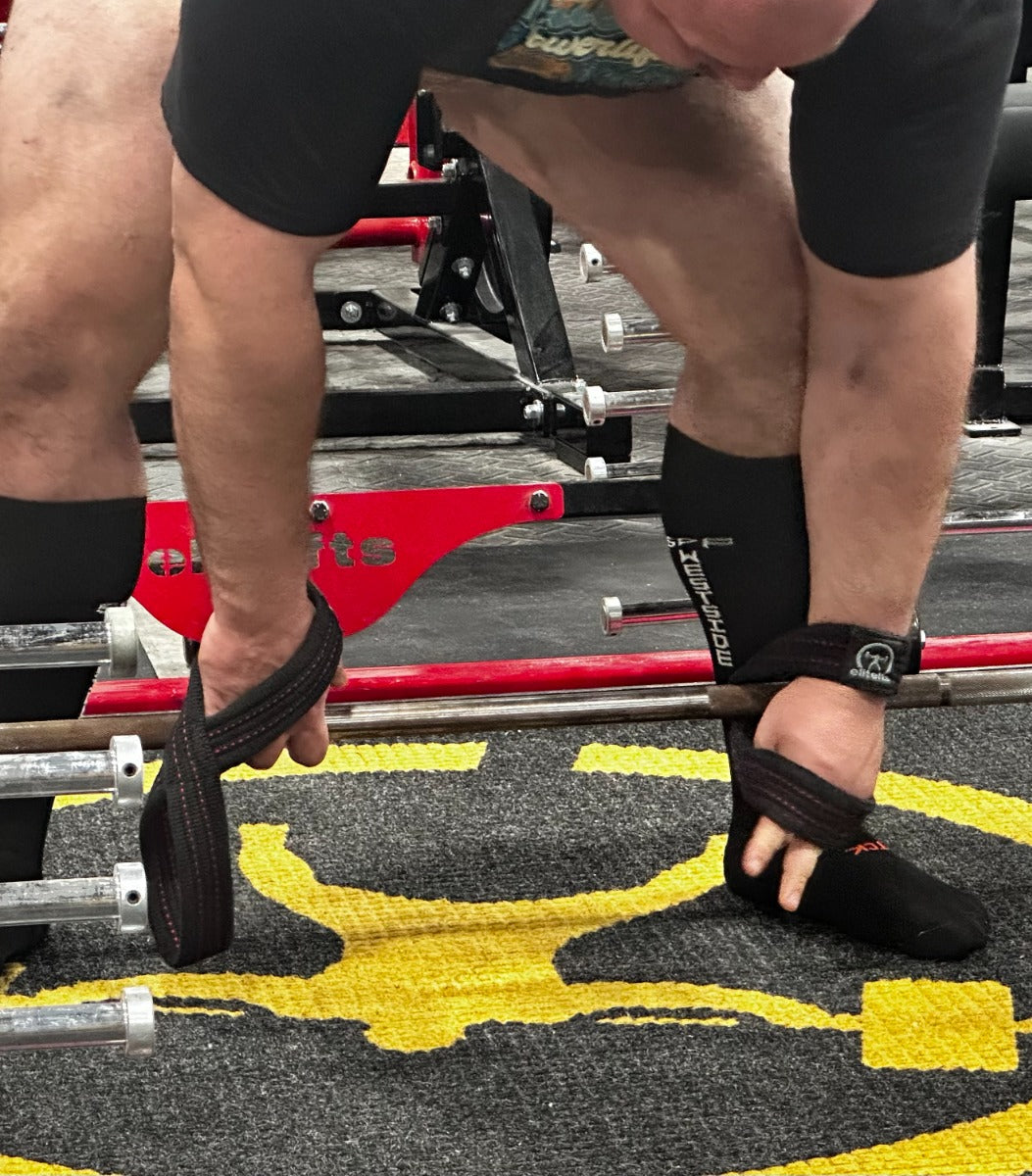It's the new year and you decide for whatever reason, now is the time to start living a healthy and balanced lifestyle. Then, the big question comes to mind, "Where do I begin?” As if it isn’t enough to live everyday life, you’re now bombarded with the idea of seeking a lifestyle change, but have no idea what path to follow. Do you stop, drop, and diet? Hit the gym running? Buy a scale and become a prisoner to the number? No! It’s much more simple than that. Start small. It’s okay to dream! I advise you to set attainable goals, but let’s start with the basics first. Knowledge is key. Keep reading and you’ll find 7 basic tips to start your journey.
KNOW HOW MUCH TO EAT AND WHEN
Focus on finding a balance of hunger and fullness as you eat. Stop eating when you’re no longer hungry, not when you get full. Try eating 4-5 times a day every 3-4 hours. Eating more frequent meals will get your metabolism on board with your newfound goals. Ideally, you should never be hungry or “starving” before you get food. Satisfied is the key word!EAT NATURAL FOODS

Focus on foods that come from the earth, not a factory. The general rule of thumb is to shop on the perimeter of the market rather than the inner aisles. Processed and sugar-packed goods take a toll on your metabolism and will hinder your progress.
WATER CONSUMPTION
Water helps flush your system of waste products and toxins. It is essential for fat loss. Many people go through life dehydrated, which causes a host of issues like tiredness, low energy, and headaches to name a few. It’s common to mistake thirst for hunger, so staying hydrated will give you an accurate reading of your body. Drink at least ¾ of a gallon to 1 gallon of water per day. I recommend increasing your water consumption based on level of daily activity (i.e., exercising, spending days outside, warmer climates). Just because you aren’t “thirsty” doesn’t mean your body doesn’t need water!STAY BALANCED!
A well-balanced diet includes carbohydrates, proteins, fats, vitamin supplementation, mineral salts, and fiber.PORTION CONTROL

Portion control is a critical factor for weight loss management. There is no need to eat large portions of food at once. Remember, you’ll be eating 4-5 times per day so your meals should be smaller in size. Most foods contain a nutrition facts label. Pay close attention to the serving size specified on the label. Opt for smaller bowls and plates to control your portions. Chew food thoroughly before swallowing as it sends more accurate signals to the body to regulate food consumption.













































































































